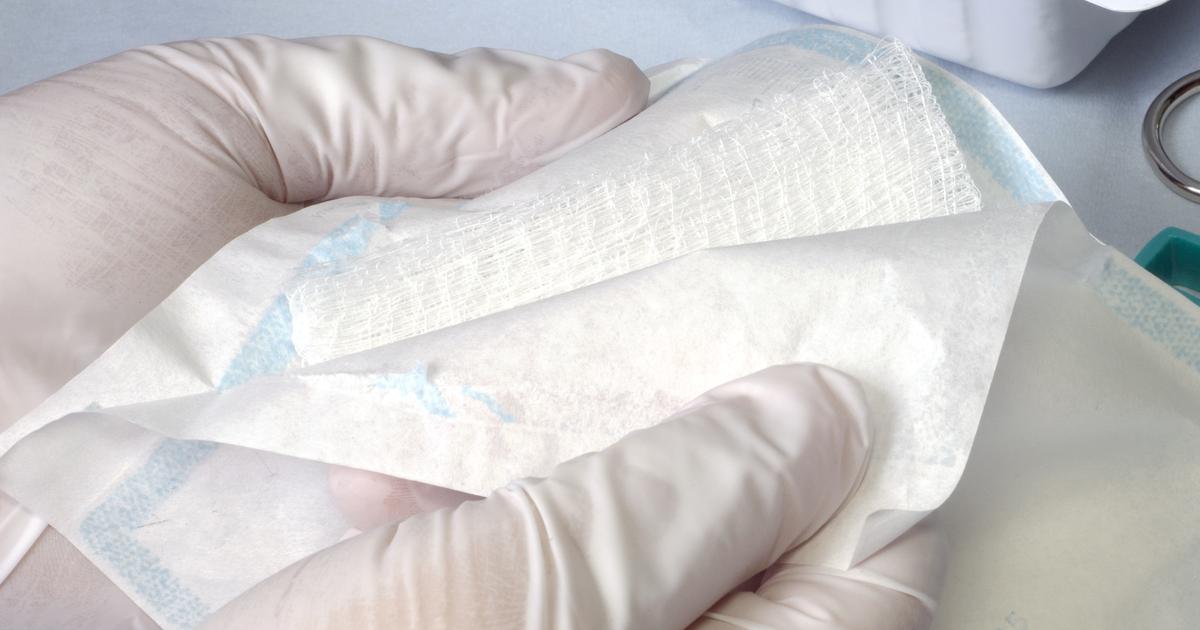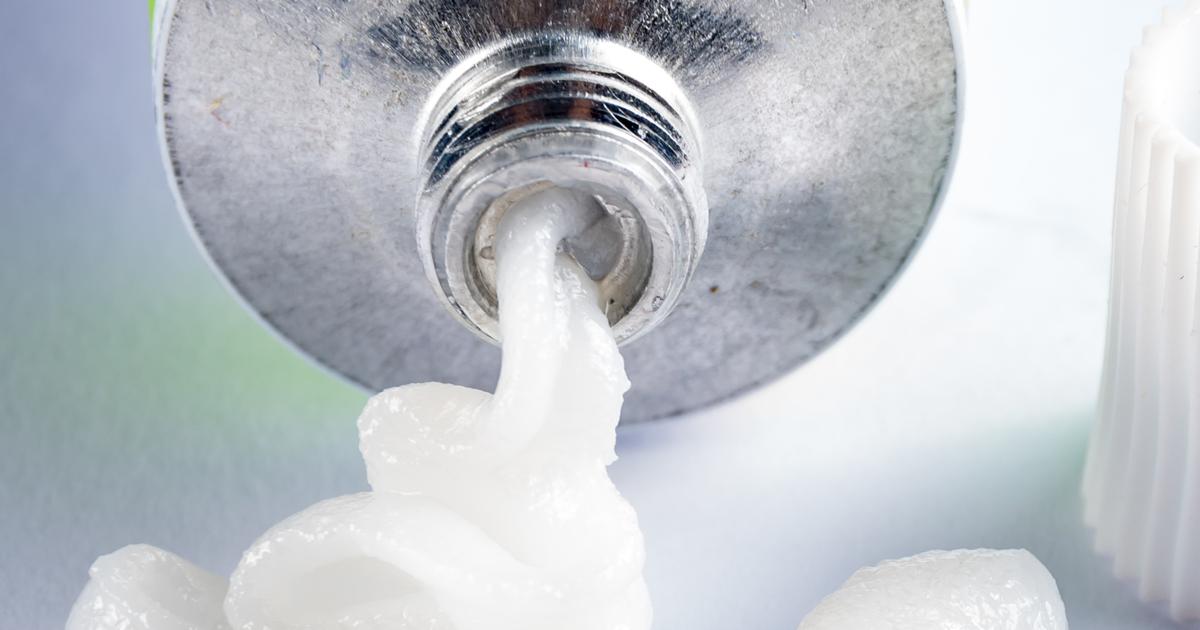How To Treat A Radiation Burn
A radiation burn is an adverse side effect that occurs on the skin of a patient undergoing treatment that includes radiation therapy. Radiation therapy describes a process where radioactive substances or high-energy beams are utilized to damage or destroy malignant cells in a patient's body. While radiation treatment sessions are usually spaced from a couple of days up to over a week apart, the cells making up the skin that has been exposed do not have enough time to repair themselves before the next session. After several sessions of radiation, a patient's skin experiences an imbalance in the ratio of skin cells being lost and the newly produced skin cells. The patient's skin in the exposed area usually peels excessively and may form blisters or ulcers.
Cover With Dry Dressing

Areas that experience frequent contact with other parts of the skin or skin on skin contact are more vulnerable to inflammation and irritation when burned by radiation therapy. The irritating effects of skin on skin contact can be minimized by covering the area prone to the skin on skin contact with a dry dressing. The dressing should be made specifically as a non-adherent dressing like second skin types and those laden with non-adherent materials. These materials prevent the dry dressing from sticking to the raw parts of a patient's radiation burn.
Dry dressings reduce the risk of an infection at sites where the patient's radiation burns have become open wounds, and at sites where moisture may build up. Moisture trapped between the skin folds can make an excellent breeding ground for bacteria and other pathogens that can result in several infections even if the radiation burn does not have any raw areas. Placing a dry dressing in the skin folds exposed to radiation therapy can help absorb any excess moisture and discourage the colonization of pathogens.
Topical Ointments For Pain

When a radiation burn blisters, ulcerates, or forms sores, they can cause a significant amount of pain that is exacerbated by further radiation treatment. Patients can use topical ointments to help numb the pain caused by these wounds. Topical steroids and numbing agents can help patients who have radiation burns in areas that are very sensitive and have frequent contact with bodily fluids. Radiation burns in the pelvic area and nether regions can be excruciating when coming in contact with urine or sweat.
Radiation burns that occur in the face and neck can make speaking, eating, and swallowing very difficult because of the amount of movement these activities produce. Radiation burns on the peripheral limbs can be painful for the same reason, especially the delicate skin around and in between the fingers, toes, and joints. Topical ointments can help manage a patient's pain by numbing the area when daily activities become too painful as a result of the radiation burns.
